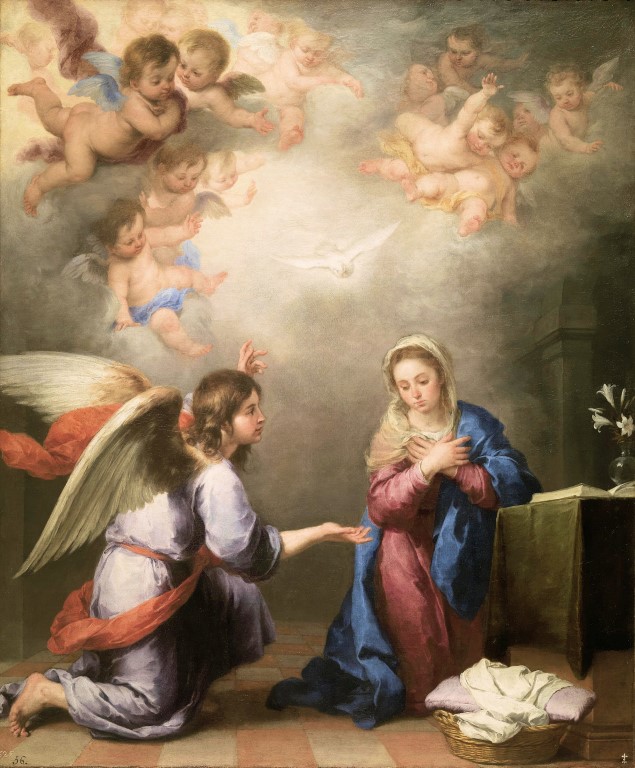Nail-biting SSPX developments
Rather like the heady days before Summorum Pontificum, the story of the SSPX negotiations with the Holy See brings periods of nothing much but rumour, followed by a flurry of activity. Above is the latest item: part of an interview Cardinal Burke gave to CNS today.
This week has been busy for me, with school Mass, Deanery meeting, Deanery Pastoral Council meeting, Board of Examiners meeting at Wonersh, school confessions, a pilgrimage to Ramsgate and the usual parish schedule. In between times, I have been following the story as best I can, especially through the excellent services of Rorate Caeli.
Bishop Fellay's visit to the Congregation for the Doctrine of the Faith on Wednesday was live tweeted far and wide at least as regards his time of entry and departure and the colour of his car (red.) The official statements were not long in coming. The Holy See's Press Communiqué on Thursday was followed quickly by the SSPX Press Communiqué.
Essentially, I think that the two significant points were: 1) it was confirmed by the Holy See that a draft document proposed a personal prelature; 2) the SSPX said that "The desire for supplementary clarifications could lead to a new phase of discussions."
Cathcon brings us an English translation of an informative report at Kathnet which might shed some light on the current state of play. The key sentence is, I think:
Recent public statements of Fellay have given rise to irritation in Rome that the Vatican no longer demanded from the SSPX the acceptance of the entire Second Vatican Council.This may well refer to the interview given by Bishop Fellay to DICI on 8 June. Consider this passage:
Today, in Rome, some people regard a different understanding of the Council as something that is not decisive for the future of the Church, since the Church is more than the Council. Indeed, the Church cannot be reduced to the Council; she is much larger. Therefore we must strive to resolve more far-reaching problems. This new awareness can help us to understanding what is really happening: we are called to help bring to others the treasure of Tradition that we have been able to preserve.I think that would have been acceptable on its own - not to the liberal Cardinals and others who are opposed to the reconciliation of the Society - but acceptable to the Holy Father and his allies as a basis for agreement and a canonical status. The unfortunate sentence, I guess, might have been the one which preceded the above:
What has changed is the fact that Rome no longer makes total acceptance of Vatican II a prerequisite for the canonical solution.Acceptance of Vatican II has to be a prerequisite, at least in the sense of affirming that there were no formal doctrinal errors. The hermeneutic of continuity provides a way forward for those passages about such matters as religious freedom and ecumenism that are controversial. Various writers - and I think particularly of Professor Tom Pink - have offered scholarly and convincingly-argued theses for the reconciliation of Dignitatis Humanae with Quanta Cura, and Unitatis Redintegratio with Quas Primas, showing that is is possible to understand controversial texts of Vatican II in accord with the tradition.
This does not mean that we have to say that they were opportune, that they led us forward into a bright new future, or that they must provide the point of reference for the Church's work in the world, simply that we can ("at a push" if you will) put an interpretation on them which is orthodox.
Bishop Fellay has his own fight within the SSPX which is now well-known. I entirely understand his desire to preserve unity within the Society. Pope Benedict also has a fight on his hands in the Curia. Perhaps part of the process of reconciliation is that both sides realise the civil war that the other is fighting.

